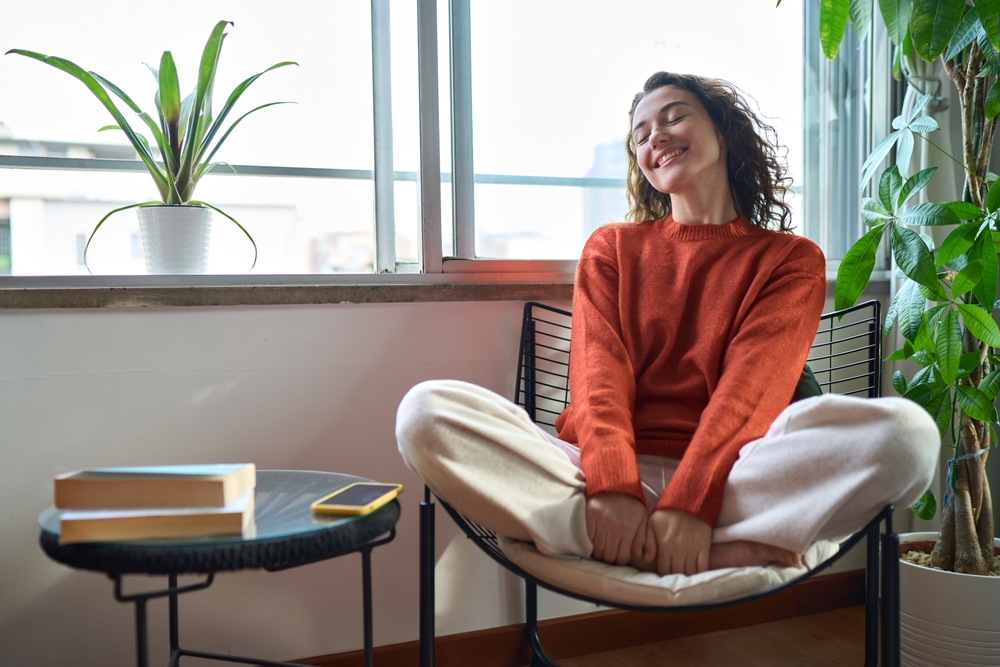How Design Impacts Comfort at Home
Creating a comfortable home is more than just filling a space with furniture and decorations. It involves thoughtful design choices that enhance the way we live, relax, and connect within our personal environments. In 2025, as lifestyles continue to evolve and the importance of mental and physical well-being grows, the role of design in promoting comfort at home has never been more crucial. This article explores how design influences comfort, focusing on spatial layout, material selection, and lighting, and how these elements can transform a house into a sanctuary.

The Role of Spatial Layout in Comfort
One of the foundational aspects of home design that impacts comfort is the spatial layout. How rooms are arranged and connected influences movement, accessibility, and the overall flow of a home. A well-designed layout considers both functionality and psychological comfort, creating spaces that feel open, balanced, and purposeful.
Open vs. Defined Spaces
In recent years, open-plan designs have gained popularity for promoting social interaction and flexibility. However, in 2025, designers are increasingly recognizing the value of a hybrid approach. While open spaces encourage communal living and natural light penetration, clearly defined zones provide privacy and quietness when needed. For example, having separate nooks or alcoves for reading or working can enhance comfort by catering to varied activities and moods.
Ergonomics and Accessibility
Comfort is not only about aesthetic appeal but also about ease of use. An ergonomically designed home supports natural movements and reduces strain. This includes placing furniture at appropriate heights, ensuring wide enough walkways, and designing kitchens and bathrooms that accommodate all family members, including those with mobility challenges. As the global population ages, accessible design features have become an essential part of creating truly comfortable homes.
Material Selection and Its Impact on Comfort
The materials used in home design significantly affect the sensory and emotional experience of a space. From the temperature and texture to the acoustic qualities, materials contribute to physical comfort and a sense of well-being.
Natural Materials for Warmth and Health
In 2025, there is a growing emphasis on using natural, sustainable materials such as wood, stone, and bamboo. These materials not only create a warm and inviting atmosphere but also promote healthier indoor air quality by reducing the presence of synthetic chemicals often found in man-made products. Wood flooring, for example, provides a soft underfoot feel and helps regulate humidity, contributing to a comfortable living environment.
Textiles and Soft Furnishings
Soft furnishings like rugs, cushions, and curtains play a crucial role in comfort by adding texture and warmth. Choosing high-quality, breathable fabrics such as cotton, linen, or wool can improve air circulation and tactile sensation. Additionally, these textiles help absorb sound, reducing noise pollution inside the home, which is essential for creating peaceful environments.
Acoustic Considerations
Materials that manage sound effectively contribute to a more comfortable home by minimizing echoes and external noise. Acoustic panels, thick curtains, and upholstered furniture absorb sound waves, creating quieter spaces that support relaxation and concentration. This aspect of design is particularly important in urban settings where external noise can be a significant source of discomfort.
Lighting Design: The Key to Mood and Functionality
Lighting is a powerful design element that directly affects comfort by influencing mood, productivity, and overall ambiance. In 2025, smart lighting solutions and natural light optimization are at the forefront of creating comfortable home environments.
Maximizing Natural Light
Natural light has been proven to boost mood, improve sleep patterns, and increase energy levels. Thoughtful design maximizes the use of daylight through strategic window placement, skylights, and light-reflective surfaces. Homeowners are encouraged to keep window treatments minimal and use mirrors to enhance light distribution. This connection to the outdoors also helps regulate circadian rhythms, contributing to physical and mental comfort.
Layered Lighting for Versatility
A comfortable home uses a layered lighting approach that includes ambient, task, and accent lighting. Ambient lighting provides overall illumination, task lighting focuses on specific activities like reading or cooking, and accent lighting highlights architectural features or decor. By combining these types, residents can adjust the lighting to suit their needs and moods throughout the day.
Smart Lighting and Personalization
The rise of smart home technology in 2025 allows for personalized lighting settings that enhance comfort. Automated systems can adjust brightness and color temperature based on the time of day or activity, reducing eye strain and creating cozy atmospheres. Voice-activated controls and mobile apps give homeowners convenient control over their environment, making it easier to maintain a comfortable space.
Conclusion
Design plays an indispensable role in shaping comfort at home. From the layout that supports everyday living to the materials that engage the senses and the lighting that sets the mood, every design choice contributes to the overall experience of comfort. As we move forward in 2025, integrating ergonomic principles, sustainable materials, and smart technologies will continue to elevate home comfort, making our living spaces not only aesthetically pleasing but also nurturing havens for well-being. By prioritizing thoughtful design, homeowners can create environments that truly support their physical and emotional needs, transforming houses into homes.
Disclaimer: All content, including text, graphics, images and information, contained on or available through this web site is for general information purposes only. The information and materials contained in these pages and the terms, conditions and descriptions that appear, are subject to change without notice.




